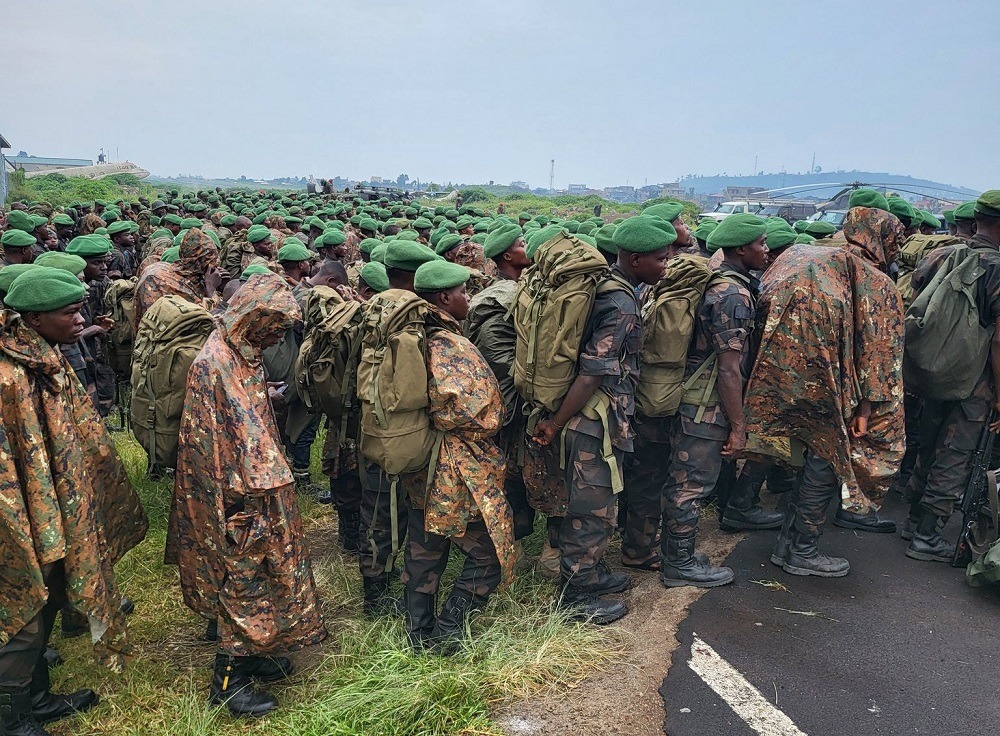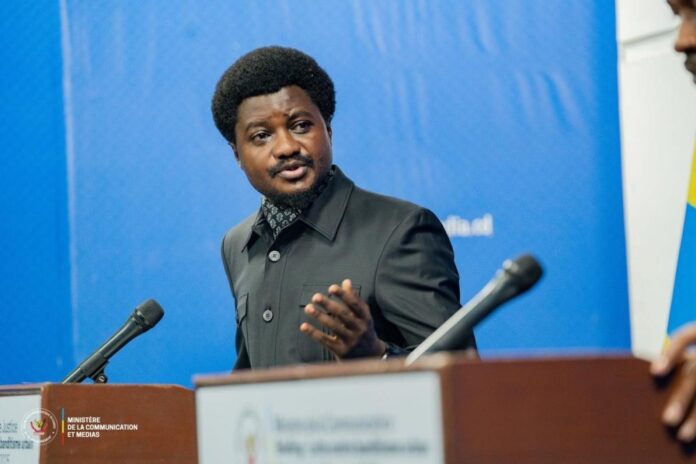U.S. President Donald Trump has announced his intention to implement additional sanctions and embargoes on Russia, mirroring the challenges faced by Russian President Vladimir Putin in stopping the ongoing war in Ukraine.
In a message posted on his social media platform, Truth Social, Trump emphasized the urgent need to end the conflict, describing a ceasefire as “a very strong act of goodwill” towards Russia and its president.
Previously, Trump had stated that he would seek a resolution to the war initiated by Russia in February 2022 within a single day. While Russia has not officially responded to Trump’s remarks, senior Russian officials have hinted at a potential shift in the country’s approach to negotiating with the new U.S. administration.
President Putin has suggested he is prepared to engage in talks to end the war, a conflict he initially started in 2014. However, he insists that Ukraine must agree to cede the territories it has occupied, currently accounting for approximately 20% of its land. Additionally, Putin opposes Ukraine’s membership in NATO.
The Ukrainian government has dismissed the idea of relinquishing its territory, although President Volodymyr Zelensky has conceded that temporary withdrawals of some Russian-occupied areas might be necessary.
During an interview with reporters on Tuesday, Trump stated his readiness to speak with Putin “very soon” and indicated the possibility of imposing further sanctions if the Russian leader does not engage in talks.
However, in a subsequent post on Truth Social on Wednesday, Trump took a more confrontational stance, declaring: “I am going to impose VERY STRONG sanctions on Russia, its wealth is draining, along with President Putin.”
He continued, “Make no mistake, and STOP this shameful war! THESE ACTIONS WILL BE HARMFUL AND SEVERE. We are not negotiating ‘agreements,’ and very soon, I will take no other option but to implement the highest level of sanctions, embargoes, and penalties on anything Russia exports to the United States and other countries involved.”
Trump further asserted, “Let’s end this war that should never have started while I was President! We can do it easily or stubbornly—and the easy way is the best. It’s time to ‘SIGN THE AGREEMENT.'”
Meanwhile, Dmitry Polyanskiy, Russia’s UN Ambassador, informed Reuters that the Kremlin needs to understand Trump’s terms for a ceasefire before the Russian government makes any decisions.
In the interim, Ukrainian President Volodymyr Zelensky told the United Nations General Assembly on Tuesday that up to 200,000 peacekeeping troops might be required under any potential agreement. He also mentioned in an interview with Bloomberg that these troops would need to include American forces to effectively counter Russian aggression, emphasizing that the U.S. must be involved to prevent failure.
While Ukrainian officials may welcome Trump’s strong rhetoric—highlighting Putin’s inability to secure a decisive victory—the citizens of Kyiv are eager for tangible actions rather than just words.
Trump has not specified the exact nature or timing of the proposed sanctions, but it’s noteworthy that imports into the United States from Russia have significantly decreased since 2022, and existing sanctions remain robust across various sectors. Currently, Russia’s primary exports to the U.S. include phosphate fertilizers and platinum.

On Truth Social, Ukrainians expressed dissatisfaction with Trump’s statements, believing that additional sanctions may not significantly impact Russia’s actions in the conflict. The broader concern among many Ukrainians is understanding Putin’s true intentions for peace talks and what concessions he expects from Ukraine.
In Moscow, some citizens are interpreting Kremlin actions as preparations for a more significant Russian acceptance of Ukraine’s sovereignty, beyond the “victory” they had anticipated. This includes skepticism about the Russian military’s capabilities and strategies, especially concerning key locations like Odessa.
Margarita Simonyan, a prominent Russian journalist and supporter of Putin, recently spoke about the need to acknowledge the current realities to end the war, suggesting that a ceasefire might involve stopping hostilities where they currently stand.
These developments come after Putin’s contentious declaration that regions like Zaporizhzhia are being integrated into Russia, a claim that has been met with resistance and anger from both Ukrainians and Russian “Z” bloggers, who view any concession as a sign of weakness.
In his Truth Social post, Trump threatened severe sanctions and embargoes, expressing his “love” for the Russian people while honoring Soviet soldiers who died in World War II—a stance that Putin interprets as aligned with Russia’s historical narratives. However, Trump’s remarks seem to overlook the millions of Ukrainians and former Soviet citizens who have also lost their lives in the conflict.
Additionally, Trump previously suggested he could address Russia’s concerns about Ukraine joining NATO, a statement that appears to signal a potential shift in his policy approach.
Trump’s position on the Ukraine conflict marks a significant development. After eleven years of ongoing war with Russia and limited progress in peace negotiations, Ukrainians remain hopeful for resolution but rely on decisive actions rather than rhetoric.




